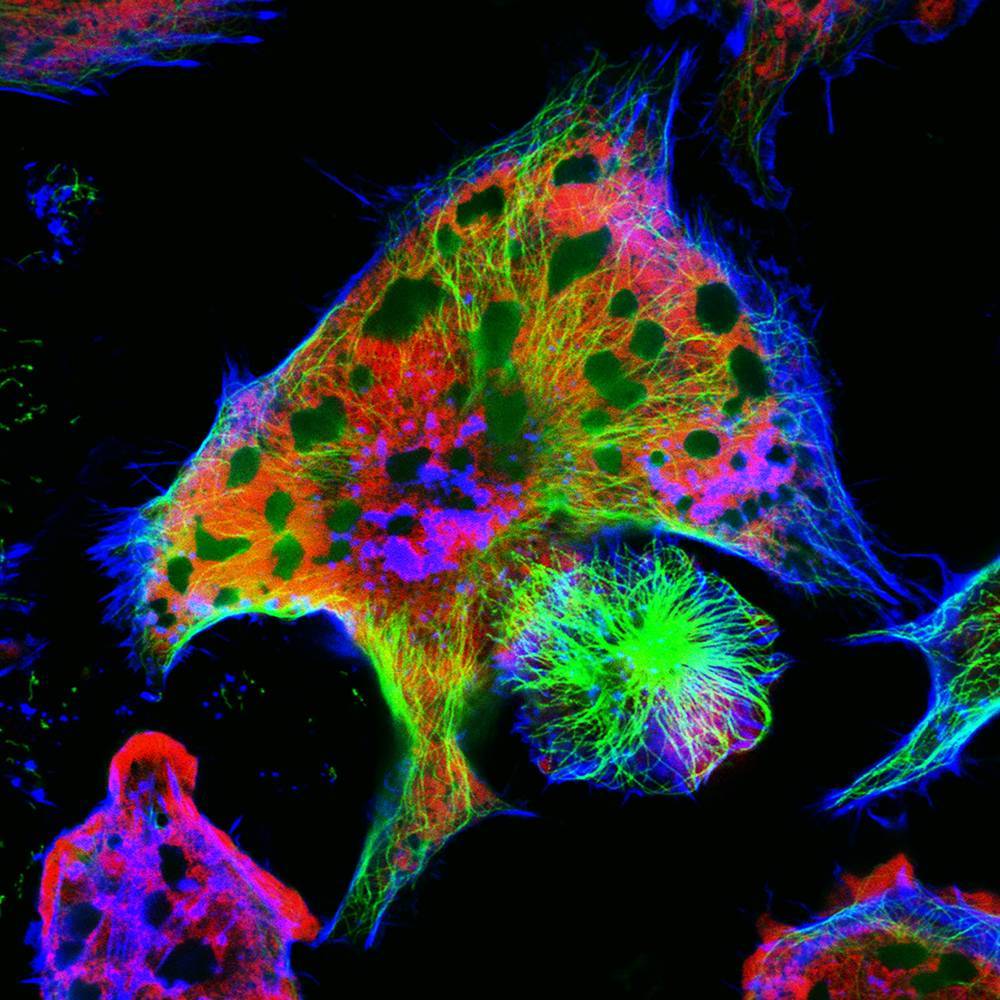Neuroblastoma is a complex childhood cancer that demands our attention.
This article provides a detailed exploration of neuroblastoma, including its origins, symptoms, diagnostic procedures, treatment methods, and prognosis.
What Exactly is Neuroblastoma?
Neuroblastoma is a rare and primarily paediatric cancer that originates in the developing nerve cells, most commonly in the adrenal glands sitting atop the kidneys. However, it can also develop along the spine, chest, abdomen, or pelvis. Accounting for a considerable proportion of cancer cases in infants, neuroblastoma is most prevalent in children under five.
Unravelling the Causes: Genetic Mutations and More
The exact cause of neuroblastoma remains an enigma. It generally starts with genetic mutations in the nerve cells while the child is still in the womb. Although most neuroblastoma cases appear spontaneously, a small percentage seems to be hereditary, passing from parents to children.
Recognising Neuroblastoma: What are the Symptoms?
Symptoms of neuroblastoma vary extensively, influenced by the cancer’s location and extent. General signs may include a palpable lump in the abdomen, resulting in discomfort or bloating, bone pain, fatigue, or bruising, particularly under the eyes. More specific symptoms, such as changes in eye movement or bowel habits, can manifest if the tumour presses on particular areas.
Diagnostic Pathways: Identifying Neuroblastoma
Diagnosing neuroblastoma involves a multi-step process. It begins with a thorough physical examination and review of the child’s medical history. Imaging tests, such as X-rays, ultrasounds, CT scans, or MRIs, follow to identify the presence, location, and size of the tumour. Biopsies, which involve extracting a small tissue sample from the tumour, are crucial for confirming a neuroblastoma diagnosis.
Treatment Strategies: Approaching Neuroblastoma
The treatment approach to neuroblastoma is influenced by the child’s age, cancer stage, and the tumour’s specific genetic features. Options may include surgery to remove the tumour, chemotherapy, radiation therapy, stem cell transplant, immunotherapy, or a combination of these. In low-risk neuroblastoma cases, doctors may recommend watchful waiting without immediate treatment.
Living with The Condition
The journey with this condition is often long and strenuous, requiring regular doctor visits and potential hospital stays. Psychosocial support is fundamental in helping children and their families cope with the emotional stress and life changes that come with a cancer diagnosis.
Prognosis: A Variable Outcome
The prognosis for children with this ranges widely. Some low-risk cases might resolve on their own or respond exceptionally well to treatment. High-risk neuroblastoma, on the other hand, can be difficult to treat and may recur. But promising research is continuously emerging, aiming to improve both survival rates and quality of life.
Conclusion
Neuroblastoma, a challenging and intricate condition, nevertheless opens doors to significant medical research opportunities. Early recognition and effective treatment significantly impact the prognosis. Therefore, should you observe any potential symptoms in your child, promptly seeking medical advice is crucial. With relentless scientific advances, there is hope for improved outcomes for children facing this medical condition.

